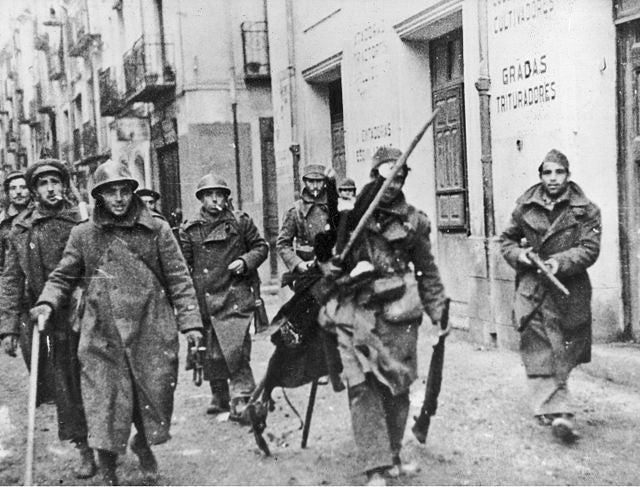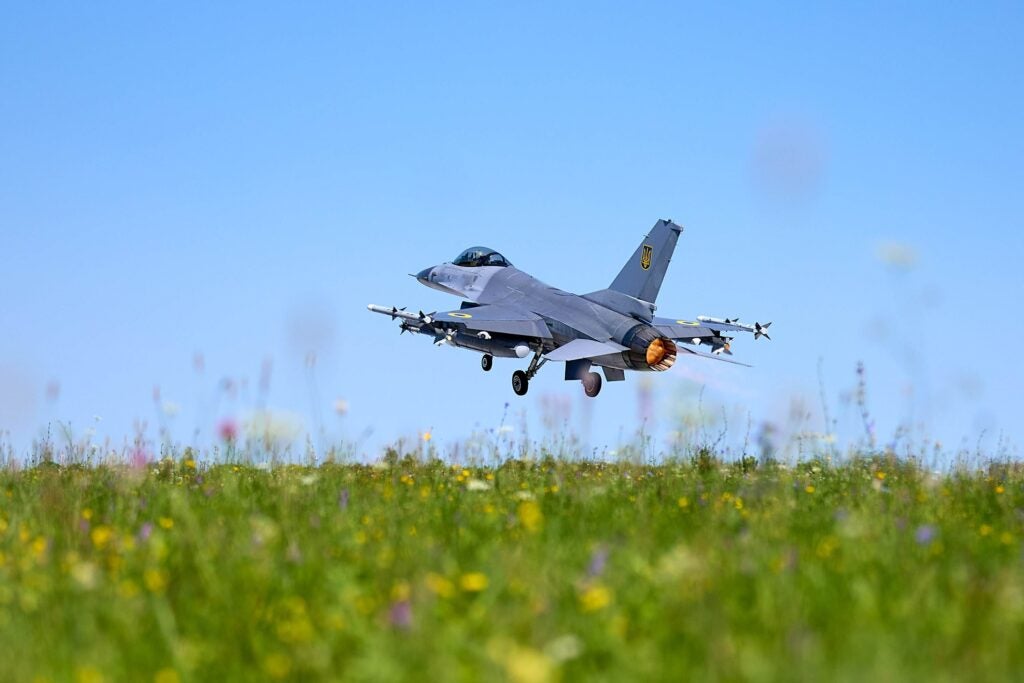U.S. Senator Calls for NATO Pilots to Fight for Ukraine
After meeting President Volodymyr Zelensky, on the 12 August, U.S. Senator Lindsey Graham remarked “If you are a retired F-16 pilot and you’re looking to fight for freedom, they will hire you here. They’re going to look throughout NATO nations for willing, retired fighter pilots to come help them until they can get their pilots trained.” Adding that the pilots would help fill in an F-16 pilot shortage while the Ukrainians train up their own. This call for volunteer pilots also has some interesting historical parallels.
The comments follow the long journey of delivering the warplanes to the besieged nation. With General Valerii Zaluzhnyi and other officials calling for “the provision of F-16s and similar modern combat aircraft to Ukraine” since the early months of 2023. Arguing that the provision of the modern 4th generation jets would give a significant boost to Ukraine’s defense efforts, especially when compared to the older Soviet era MiGs and Sukhois it relies on.
In May 2024, the United States gave its support behind an international effort to begin training Ukrainian F-16 pilots on the jet. By October, training on the jet began in Morris Air National Guard Base in Arizona, and by November, five airframes arrived in Romania to train the pilots closer to the front.
By August 2023, President Joe Biden approved the donation of F-16s, from NATO allies to Ukraine, pending the completion of training by the prospective F-16 pilots. Roughly 65 jets have since been pledged by various NATO countries. With the arrival of the first jets this August, more airframes will slowly filter into Ukraine and enable its air force to better intercept Russian munitions, suppress air defense systems, strike targets on the front, and perhaps even conduct raids into Russian territory.
The idea Senator Graham spoke of mirrors the foreign fighters already present within Ukraine’s ground forces. Since the Russian incursion into the Donbas in 2014, foreign volunteers, motivated by ideological reasons or chasing glory, have entered the country to fight. However, with the full-scale invasion in 2022, foreign volunteers flowed into the country at a greater scale than ever before. To better organize the disparate foreign combatants, President Zelensky announced the creation of the International Legion of Territorial Defence of Ukraine, under the Territorial Defense Forces, the reserve component of Ukraine’s land element.
A Brief History on Aerial Mercenaries
The 20th century saw the emergence of a new kind of mercenary. During the Spanish Civil War and later during the Cold War the use of mercenary air forces emerged. These were largely contained to smaller, regional wars such as the 1948 Arab-Israeli War, which saw the Israelis employing foreign nationals (largely British and Americans) in the creation of the Israeli Air Force, and similar to the War in Ukraine, fought for Israeli statehood not only for profit but for their own personal beliefs as well, as many volunteers were Jewish themselves.
Most aerial mercenary action since then has been in Africa during the early stages of decolonization. The Katangese Air Force of the State of Katanga, a breakaway state of the Republic of Congo, was comprised primarily of Western mercenary pilots and notably operated three attack aircraft provided by the CIA, providing air support for Katangese ground troops as well logistical support. However, the air force was ultimately too small to make any major impact on the war and the rebellion was eventually quelled. One such pilot hired from western states was Polish ace Jan Zumbach, who would also be instrumental in the creation of the Biafran Air Force.

During the Nigerian Civil War, the secessionist state of Biafra hired foreign pilots, including the aforementioned Zumbach, to operate and train up their limited air force, though their impact on the Nigerian Civil War was much less than in Congo. In both civil wars, the air forces operated mostly propeller aircraft and stuck to air-to-ground missions, with higher-end air combat neither necessary nor something they could achieve.
Overall, the use of aerial mercenaries have, except in the case of Israel, been largely between smaller nation-states that would otherwise be unable to afford a national air force. Senator Graham’s call for retired NATO pilots to join the action in Ukraine, if realized, would be a much larger scale deployment of aerial mercenaries at the interstate scale compared to historic cases of civil war actions.
Foreign fighters have historically been motivated to fight for personal reasons as well as monetary ones, from the pouring of leftist volunteers into the Spanish Civil War, to the Jewish diaspora fighting for the creation of Israel, until the Senator’s call for foreign pilots “looking to fight for freedom”. Should foreign pilots enter into Ukrainian service, the cross-section of their political ideologies may well be as charged as that of the first wave of volunteers in 2014.

In summary, the integration of the modern jet, as well as the proposed recruitment of experienced foreign pilots, may yet give Ukraine a stronger boost to its defenses compared to the jets paired with pilots fresh out of training they are taking in now. With the experienced pilots leading missions and imparting knowledge onto the fresh Ukrainian pilots, further negating Russian air power. This proposed trial-by-fire could also in the coming years bring back valuable insights from Ukrainian doctrine, formed on the front, back to the NATO heartland by returning pilots, disseminating hard-earned lessons to the next generation of fighter pilots headed to Ukraine or elsewhere.

